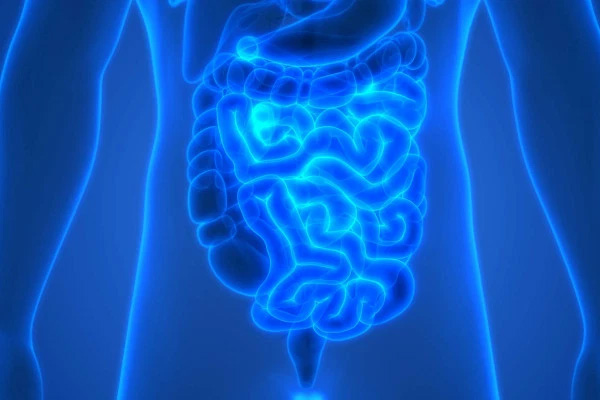What is Inguinal Hernia?
Hernia is a common condition in which part of an internal organ or tissue bulges through a muscle.
An inguinal hernia is a type of hernia in which the intestines or fat from the abdomen bulge through the lower abdominal wall into the groin area, which is the area between the abdomen and thigh.
